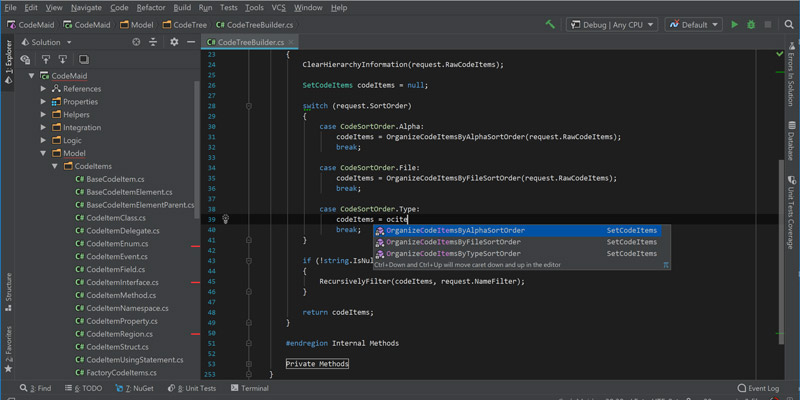Author: Chad Michel

Using a REST API with Amazon Web Services, Part 1
Amazon Web Services (AWS) has a lot of services that make it quick and easy to build software solutions. They provide a lot of services that don’t require a lot of effort to set up. In this post, we are going to set up an AWS backend that can return some contacts that we store…
Read more…

Creating a Progressive Web Application with Angular
Progressive Web Applications (PWAs) are kind of the new hotness right now. Lots of chatter, but most probably can’t even spell PWA. 😉 PWAs are an attempt to create applications that live in the web browser and behave like real applications. Let’s take our Angular HTTP Call example and make it into a PWA. To…
Read more…

Quick Look – Angular Async / Await
These days, Async / Await is old hat for most C# developers. Using it in C# land makes async programming almost as readable as synchronous code. What is the difference between synchronous and asynchronous code? Quite frankly, you can read synchronous code and asynchronous code, but it is kind of a mess. With asynchronous code,…
Read more…

Quick Look – Angular Service Swap
Dependency inversion is a common software engineering concept. It is the D in SOLID. With DI we are intentionally not programming against a particular implementation. Often this manifests itself by passing the implementation into a service through its constructor. This is called constructor injection. Angular uses constructor injection within its architecture. Services are injected into…
Read more…

JetBrains Rider: First Impressions
When all of us think of .NET development, we think Visual Studio. I’ve been a user of Visual Studio (VS) for years, and it is probably my favorite Microsoft product. If you compare VS to almost any other IDE, you will likely be left wanting. I have tried other editors over the years, but nothing…
Read more…

UI Development Without a Backend?
UI development can be a significant risk for a project. UIs are what users interact with, and waiting for the UI to be done at the end can endanger your project’s timeline or negatively impact a user’s experience with it. Building software in the most efficient way often starts by building from the bottom up….
Read more…

Our Sources
At Don’t Panic Labs, we have a pretty well thought out philosophy of software development. Philosophy is the combination of two Greek words philo (or “lover”) and sophia (or “wisdom”). So philosophy could be considered “love of wisdom.” Software development is what we do every day. We want to be wise software developers. We didn’t…
Read more…

Requirements – Executive Summary
Fingers on the keyboard is the fastest way to get a project off track. When writing software, jumping straight into code is almost always the wrong decision. Sometimes we architect-types think we need to start whiteboarding solutions. Starting there is also the wrong decision. What’s more important than either of those is requirements? We have…
Read more…

Quick Look – Angular Unit Testing
Unit testing is a valuable part of any development process. It isn’t as useful as many developers make it out to be; there are many things developers should be focused on more than unit tests. Code review is one such thing. But just because it isn’t the most important thing, doesn’t mean we shouldn’t be…
Read more…

Quick Look – Angular HTTP Calls
In my previous post, we focused on binding some data in the UI to data being returned from our ContactsService. In this post, we are going to make this a little more real and modify that service to call an ASP.NET Core backend. For starters, let’s write a quick ASP.NET Core backend that will handle…
Read more…